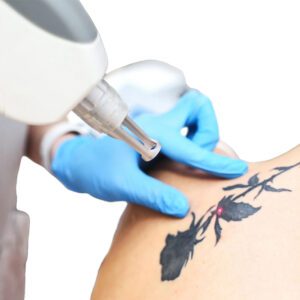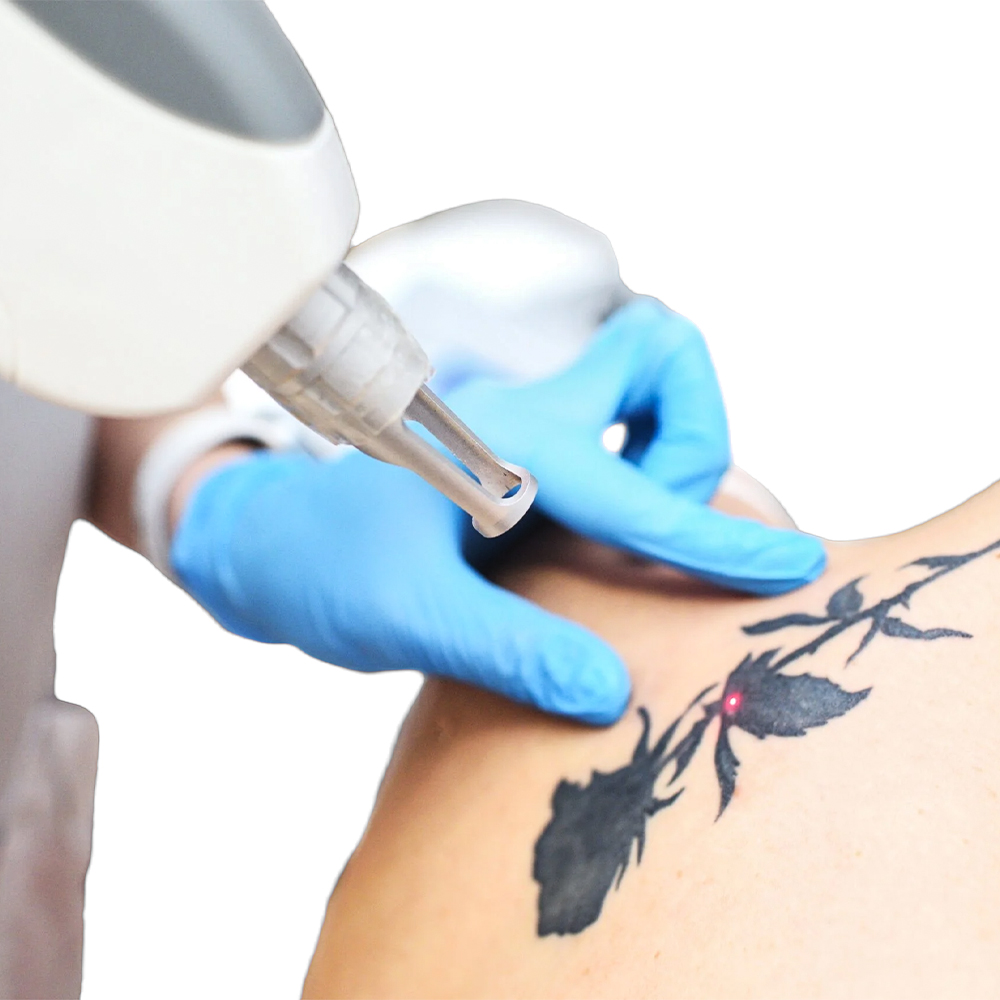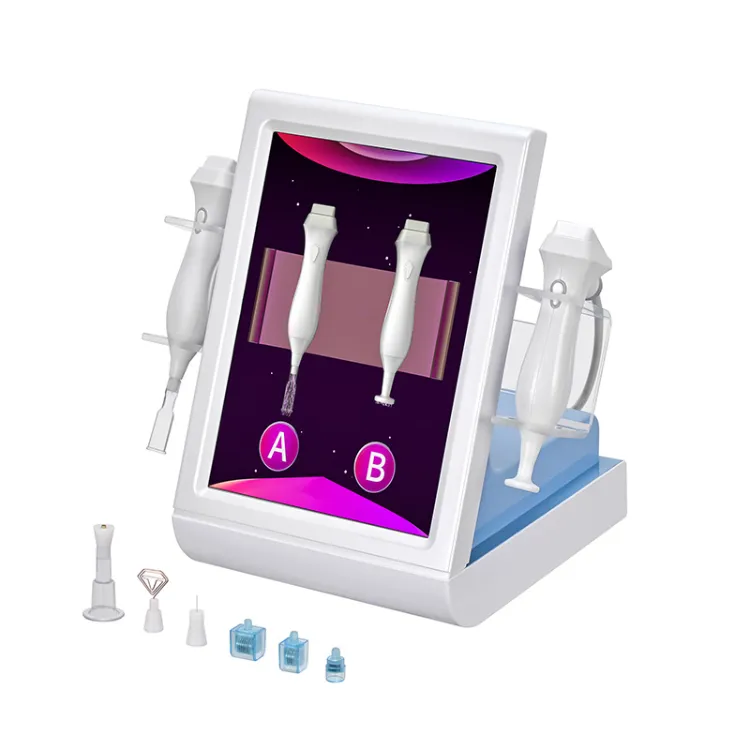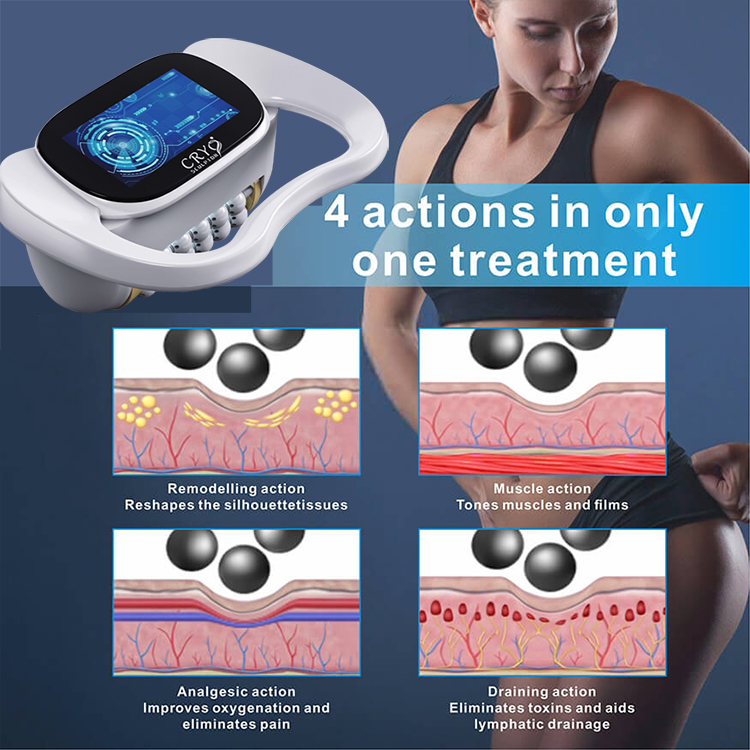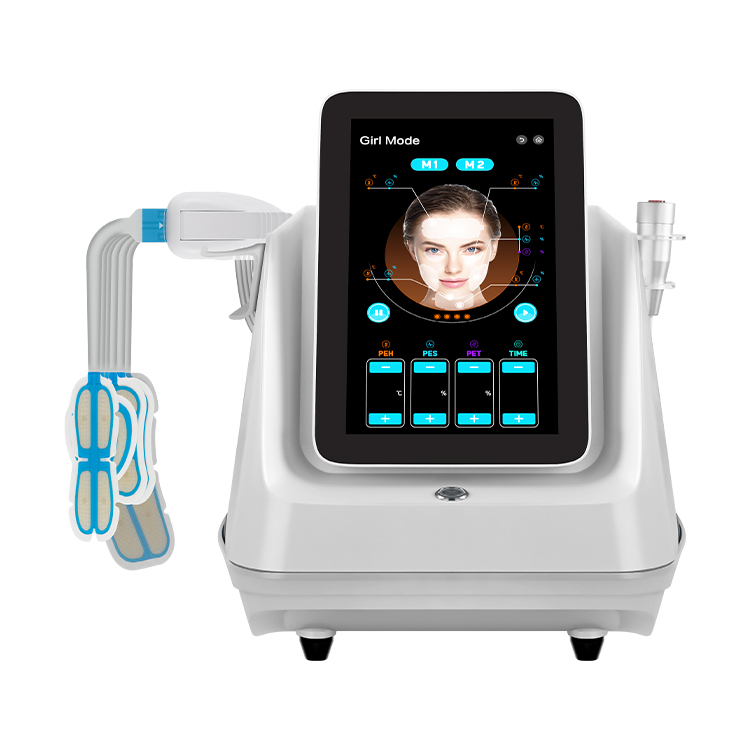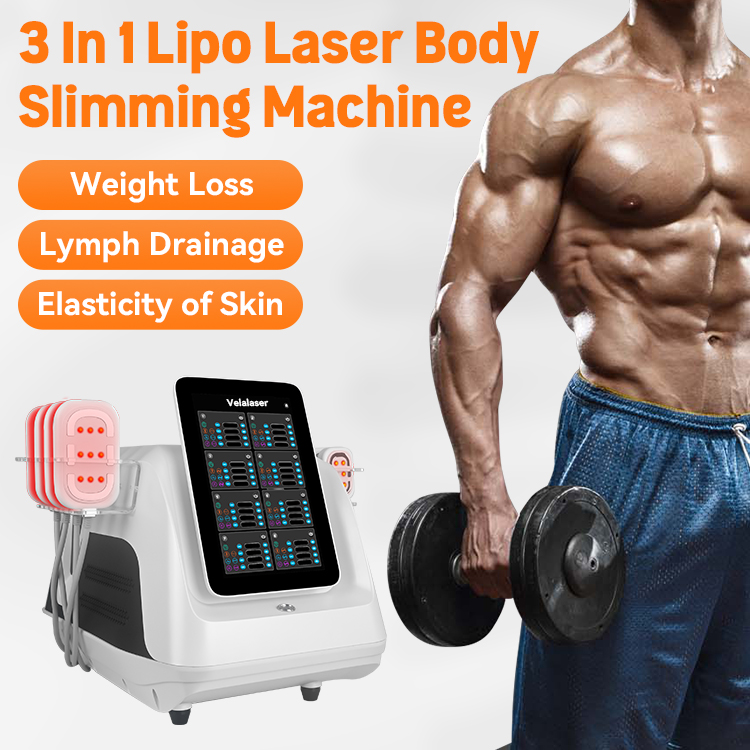Share optimized solutions, professional valve knowledge and industry news
Please enter the relevant terms or keywords you need to consult, and relevant articles will appear in the search results. If you can’t find the answer you need, please feel free to contact us and we will be happy to help. Or you can directly send an email to beauty@shefmon.com
What’s the Fastest, Most EffectiveWay to Remove a Tattoo?
What’s the Fastest, Most Effective Way to Remove a Tattoo?
Introduction
Tattoos are a beautiful form of self-expression—but sometimes, what felt right years ago doesn’t fit who we are today. Whether it’s a name, a symbol, or an impulsive decision, tattoo regret is common. So, what’s the fastest and most effective way to remove a tattoo? Let’s dive deep into every option to find the best one for you.
Understanding Tattoo Removal
Before talking about removal methods, it’s important to understand why tattoos are hard to erase. Tattoo ink sits deep within the dermis—the second layer of your skin—making it resistant to surface-level treatments. That’s why removing a tattoo takes time, precision, and the right technology.
Common Tattoo Removal Methods
There are several ways to remove a tattoo, but not all methods are created equal. The main options include:
Surgical excision
Dermabrasion
Tattoo removal creams
Let’s explore each one in detail.
Laser Tattoo Removal
Laser tattoo removal is the gold standard for getting rid of tattoos effectively and safely. It works by using concentrated light beams to break the ink particles into tiny fragments. Over time, your body’s immune system flushes them out naturally.
How It Works
Each laser pulse targets the pigment in your tattoo without harming surrounding skin. Different wavelengths are used to treat different ink colors.
Types of Lasers
Q-Switched lasers: Older but still effective for black and dark inks.
PicoSure and PicoWay lasers: Newer, faster, and more efficient for multicolored tattoos.
Sessions and Results
Most tattoos require 6–10 sessions spaced several weeks apart. Lighter inks like yellow or green may take longer, while black ink fades the fastest.
Recovery Time
You may experience redness, swelling, or mild blistering after each session. These symptoms typically fade within a week.
Q-Switched Laser Technology
Q-switched lasers were once the most advanced option. They work by delivering high-intensity light in nanoseconds, shattering ink particles into smaller pieces. While effective, newer technology now offers even faster results.
PicoSure and PicoWay Lasers – The Game Changers
If you’re looking for the fastest and most effective tattoo removal, PicoSure and PicoWay lasers lead the market. They use picosecond pulses—a trillionth of a second—to break ink into microscopic dust particles that the body removes more easily.
Why Pico Lasers Are the Best
Remove tattoos in half the time of traditional lasers
Work on all colors, including stubborn blues and greens
Cause less skin damage and quicker healing
Most clients notice dramatic fading after just 2–3 sessions.
Surgical Tattoo Removal
Surgical excision involves physically cutting out the tattooed skin and stitching the area closed. It’s fast but invasive—best for small tattoos. Scarring is inevitable, which makes it less appealing for larger designs.
Dermabrasion
This method “sands” the tattooed layer of skin using a high-speed rotary device. It can be painful and often causes scarring or pigmentation changes, so it’s rarely used today compared to laser options.
Tattoo Removal Creams
You’ve probably seen tattoo removal creams online claiming “painless results.” Unfortunately, most don’t work. They only lighten the skin’s surface and can cause irritation or burns without reaching the ink layer. Dermatologists generally advise against them.
Home Remedies and Myths
From lemon juice to salt scrubs, countless “DIY tattoo removal” hacks circulate online. These home remedies don’t remove tattoos—they only damage your skin. Always leave tattoo removal to certified professionals.
Factors Affecting Tattoo Removal Speed
Several things influence how fast your tattoo fades:
Ink color: Darker inks absorb laser light better.
Tattoo age: Older tattoos fade quicker.
Placement: Areas with better blood flow heal faster.
Skin tone: Lighter skin often shows faster results.
Health and immune system: The stronger your immunity, the quicker the ink fades.
What to Expect During the Process
Before your first session, you’ll have a consultation to assess your tattoo’s size, color, and depth. During treatment, you might feel a sensation like snapping rubber bands against your skin. Most clinics offer numbing cream or cooling devices for comfort.
Aftercare and Healing
Post-treatment care is crucial. Keep the area clean, avoid sun exposure, and don’t pick scabs. Applying aloe vera or a mild healing ointment speeds recovery and reduces scarring risk.
Cost of Tattoo Removal
Laser tattoo removal typically costs $100–$500 per session, depending on size and color complexity. PicoSure treatments may be more expensive but require fewer sessions, saving money in the long run.
Conclusion
So, what’s the fastest and most effective way to remove a tattoo? Without a doubt—it’s Pico laser technology (PicoSure or PicoWay). These lasers deliver incredible results in fewer sessions with minimal side effects. While patience is still required, you’ll see noticeable fading faster than with any other method.
If you’re serious about saying goodbye to unwanted ink, consult a certified dermatologist or laser specialist for personalized advice. Your clear skin journey could be just a few sessions away!
FAQs
1. Is tattoo removal painful?
Yes, but the discomfort is manageable. Most people compare it to the feeling of snapping a rubber band against the skin.
2. Can all tattoos be completely removed?
Most can fade 90–100%, though certain pigments like green or yellow are more resistant.
3. How long does it take to see results?
You’ll notice fading after the first 2–3 sessions, with complete removal after 6–10.
4. Are there side effects?
Mild redness, swelling, or blistering are common but temporary.
5. Can I remove a tattoo at home?
No—home methods can cause scarring or infection. Always seek professional treatment.










